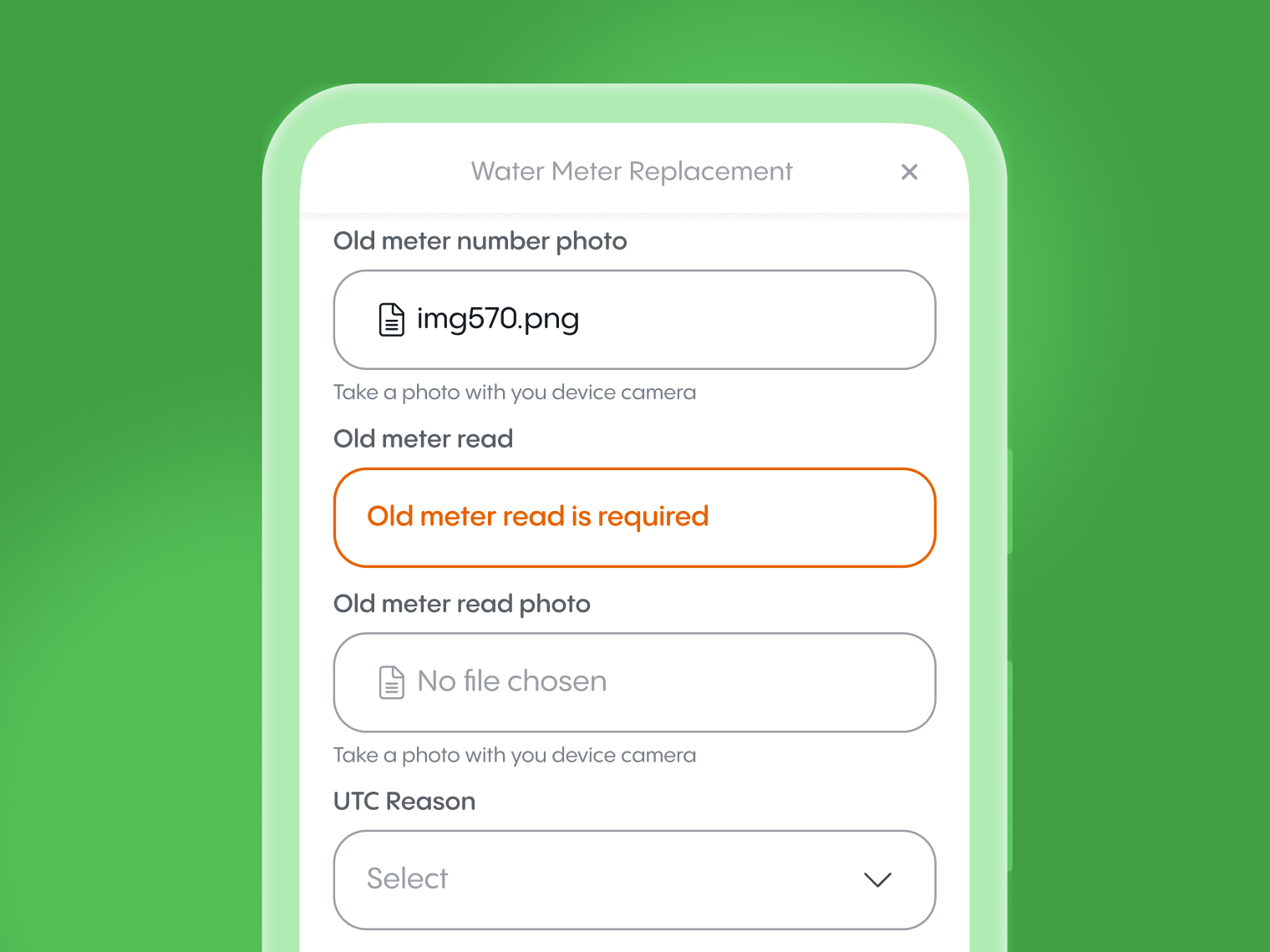Managing Resistance to Change and Implementation of New Technology

Tech companies promise that new software and platforms can revolutionize operations, boosting efficiency and enhancing competitiveness. However, overcoming people's resistance to adopting these solutions is the real challenge. How to inspire teams to embrace change and adopt these innovations?
Implementing new software is often considered the most challenging stage due to the uncertainty and confusion it can create. According to McKinsey & Company's report, '70 percent of change programs fail to achieve their goals, largely due to employee resistance and lack of management support.'
In today's business environment, leaders face immense pressure to adopt new technology as a necessity for companies striving to compete and grow in the near future. Fortunately, the majority of business leaders recognize the need for change and actively support the implementation of new technology in various ways.
However, all of them agree that one of the most challenging tasks is not only to choose the right IT platform but to deal with teams' resistance to adopting new technology. Employees often reject the idea of transitioning from spreadsheets to IT platforms or migrating from outdated, expensive software to new cloud-based solutions.
Effective change management can erode much of this resistance. In the modern business environment, experts suggest focusing on a few critical elements.
Companies have a better chance to succeed if they concentrate on their people during digital transformation. Researchers from Copperfield Advisory, Insider, and Revolution Insights Group (RIG) who came together as a team to learn what puts some companies on the path to success, concluded that How companies engage their employees can be the difference between success and failure.
Researchers found that workers' compensation is significant for success. Employees of companies who were able to navigate through successful digital transformation were better compensated compared to unsuccessful companies. In addition to traditional salary, compensation in some companies include health care, in others options. For utility vendors, it can be special bonuses for meeting clients' needs, attracting new customers, or transparent KPI for digital transformation achievement. Financial stability for employees is more critical than executives might think.
Business leaders should dedicate their own time to such projects. All research highlights that change cannot be successful without executives' contribution and sponsorship. If top managers don't commit to the technological transformation or waiver their support, employees may perceive this change as unimportant and resist it.
Ask employees to volunteer. Usually, workers who are willing to implement changes work harder. They are the most valuable asset of your company. Their passion is a change engine, while their energy and effort will motivate others. Asking employees to volunteer will exclude unmotivated people instantly.
For example, let's consider two operational managers who have been using the same field management software for several years and are familiar with its strengths and weaknesses. One learned how to navigate it, and from his point of view, there is no need to try an IT cloud-based platform. One of these operational managers is not interested in the company's potential risks, and he doesn't believe that cyber-attacks are a severe threat, which may hurt company business. This employee perceives change as more work. He would probably never volunteer, even if they are aware of its IT team's effort to meet clients' requests to collect extra data or change a workflow schedule. If the company appoints an employee like that to be a part of such a project, there is a massive risk that he would bury it.
The second operation manager is open-minded and sees the potential of the new software generation and the benefits of achieving client's satisfaction. Therefore, he will gladly volunteer if the company gives him an opportunity. People like him can change the company environment since they will collaborate with other departments and do everything to implement digital transformation successfully.
Software characteristics
Software qualities such as low friction and adaptability are also crucial for achieving success. The implementation fails if the platform has not been tested in the specific field or has not been designed with user needs in mind.
The easiest way to check the quality of the platform is to compare it with apps and platforms you and your team uses on a daily basis for personal needs.
- Is the Asset Deployment platform your organization is considering implementing as user-friendly and intuitive as popular apps?
- Is the Asset Management platform simple and easy to navigate?
- Can your team understand how to use the Work Management Software without requiring hours of training?
We leveraged our team's ten years of experience in the utility industry to develop Fieldman. We reconstructed each step that people in the field typically make by deploying a project; we interviewed managers and supervisors to ensure the platform has everything they might need to manage a project.
In Fieldman, we also have mapped every stage of our implementation plan to tackle resistance using the new platform. We demonstrate project managers Fieldman's adaptivity and how easily any new business requirement can be added to create a new workflow.
Because Fieldman can be used on any smartphone, users in the field are quite comfortable with our technology, and they do not resist giving Fieldman a try.
Explore how you can streamline operations with Fieldman platform
Book a Demo.webp)




